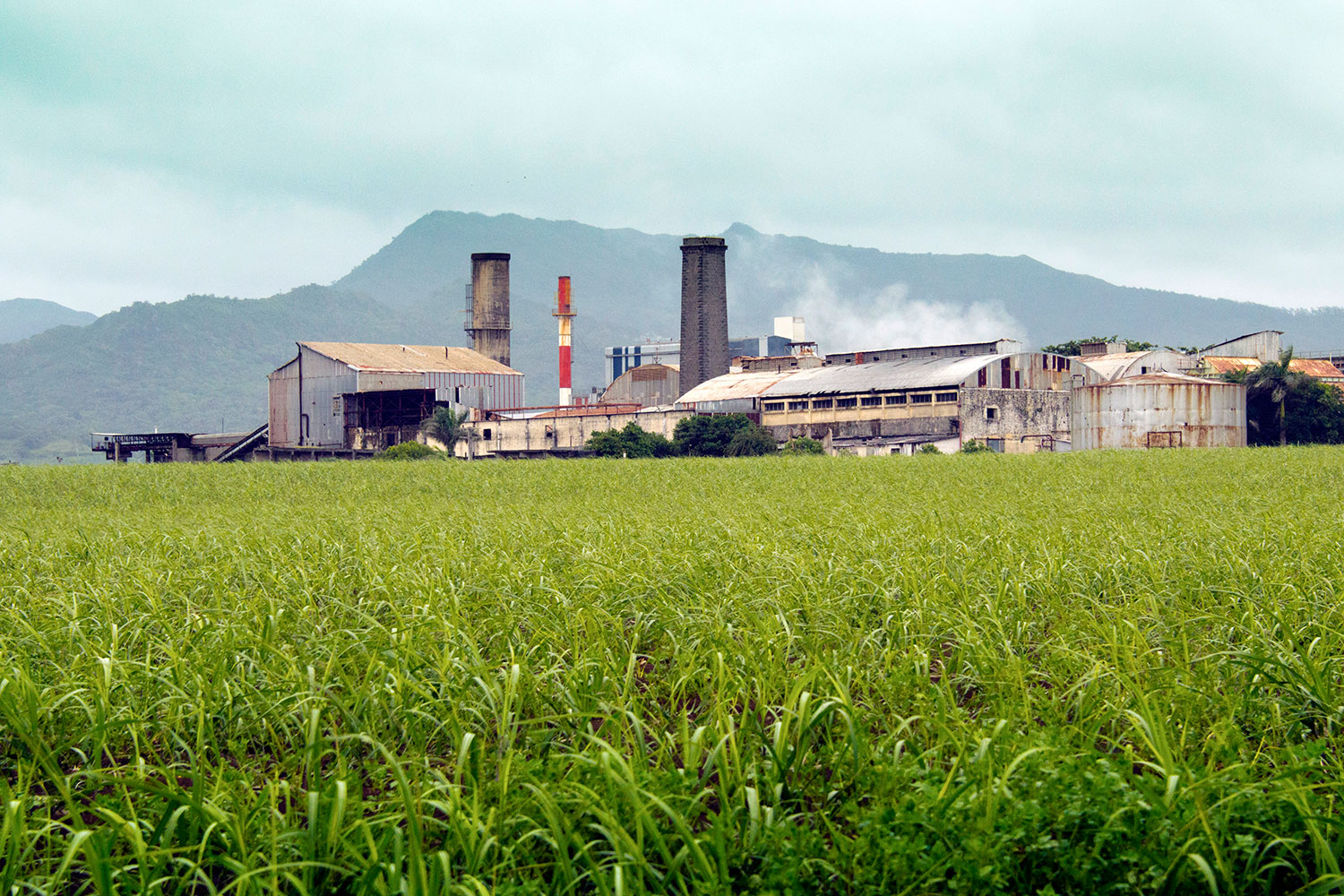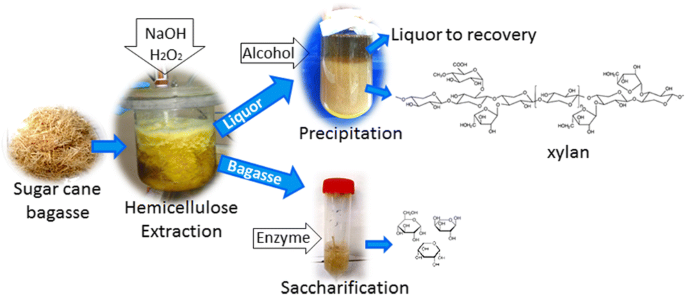Maximizar Rendimientos Y Minimizar Costos: Estrategias Avanzadas Para La Optimización Química Del Procesamiento De Azúcar De Caña
In the world of walking cane sugar processing, the quest of making best use of returns while simultaneously reducing expenses stands as an awesome challenge that needs a critical blend of advanced chemical optimization methods. The details of this endeavor dig right into the core of performance, where every component of the process plays an essential function in attaining ideal end results. By discovering the intricacies of chemical analysis, enzyme usage, pH control, filtering, and purification approaches, a landscape abundant with opportunities for improvement and innovation emerges. In the middle of this complex internet of approaches exists the assurance of opening untapped potential and revolutionizing the very essence of sugar manufacturing. Cane Sugar Processing Chemicals.
Chemical Evaluation for Performance
Chemical analysis plays an essential role in enhancing the performance of sugar walking cane processing by offering vital insights into the make-up and properties of the raw materials. By conducting detailed chemical evaluations on sugar walking stick samples, cpus can identify the exact concentrations of sucrose, glucose, fructose, and various other elements present in the raw product. This information is vital for enhancing the various phases of the sugar cane handling chain, from grating to formation.
Additionally, chemical analysis makes it possible for processors to recognize pollutants such as organic acids, healthy proteins, and minerals that can influence the quality and yield of the final sugar product. By quantifying these pollutants, cpus can carry out targeted strategies to eliminate or reduce their impacts, inevitably enhancing the total effectiveness of the handling plant.
Additionally, chemical evaluation facilitates the tracking of procedure criteria such as pH, temperature, and thickness, permitting processors to make real-time modifications to make certain optimal conditions for sugar removal and formation. On the whole, a detailed understanding of the chemical composition of sugar walking stick is essential for making the most of returns, decreasing costs, and preserving high item top quality in the sugar manufacturing sector.

Enzyme Application for Enhanced Returns
With a tactical approach to enzyme use, sugar cane processors can considerably improve their returns while preserving functional performance in the production procedure. Enzymes play an important function in sugar walking cane processing by breaking down intricate carbs into simpler sugars, therefore raising the overall sugar removal efficiency. By incorporating certain enzymes customized to target the various parts of sugar cane, such as cellulose and hemicellulose, processors can enhance the launch of sugars throughout extraction.
Enzyme utilization provides the advantage of taking full advantage of sugar yields from the raw material while minimizing the power and sources needed for processing. Through mindful option and application of enzymes, sugar walking cane cpus can enhance their operations to achieve higher returns and productivity.
Ph Control for Ideal Processing
Enzyme utilization for boosted returns in sugar cane handling lays the foundation for resolving the crucial facet of pH control for optimal handling efficiency. Keeping the ideal pH level throughout numerous phases of sugar cane handling is crucial for making the More hints most of yields and lessening prices. By meticulously monitoring and adjusting the pH levels at different processing actions, sugar cane cpus can boost sugar healing rates, decrease chemical usage, and optimize the overall manufacturing procedure.
Advanced Purification Strategies
Carrying out innovative purification strategies in sugar walking cane handling improves the efficiency and purity of the last item with fine-tuned separation approaches. By integrating sophisticated purification innovations, such as membrane filtration and turned on carbon filtering, sugar walking stick processing plants can attain greater degrees of sugar healing and improved quality assurance.

Activated carbon filtration is an additional innovative method that aids in the elimination of colorants, off-flavors, and recurring impurities from sugar cane items. By using activated carbon's adsorption homes, this purification approach improves the quality and preference of the sugar, meeting the high criteria demanded by consumers and market policies.
Energy-Efficient Purification Approaches
Energy-efficient distillation approaches are vital for optimizing the sugar walking cane processing market's power consumption while preserving top quality item criteria. Standard distillation procedures can be energy-intensive, bring about higher manufacturing prices and environmental effects (Cane Sugar Processing Chemicals). Applying energy-efficient distillation techniques, such as vacuum cleaner purification or molecular distillation, can substantially lower energy demands while enhancing total process efficiency
Vacuum purification entails lowering the stress within the distillation system, which lowers the boiling point of the fluid combination being refined. This reduction in boiling point decreases the energy needed for vaporization, causing energy financial savings contrasted to conventional distillation methods.
On the other hand, molecular distillation utilizes short path distillation methods under high vacuum cleaner conditions to separate compounds based on their molecular weight. This technique is especially efficient for heat-sensitive compounds, as it runs at reduced temperature levels, reducing energy consumption and preserving product quality.
Conclusion
